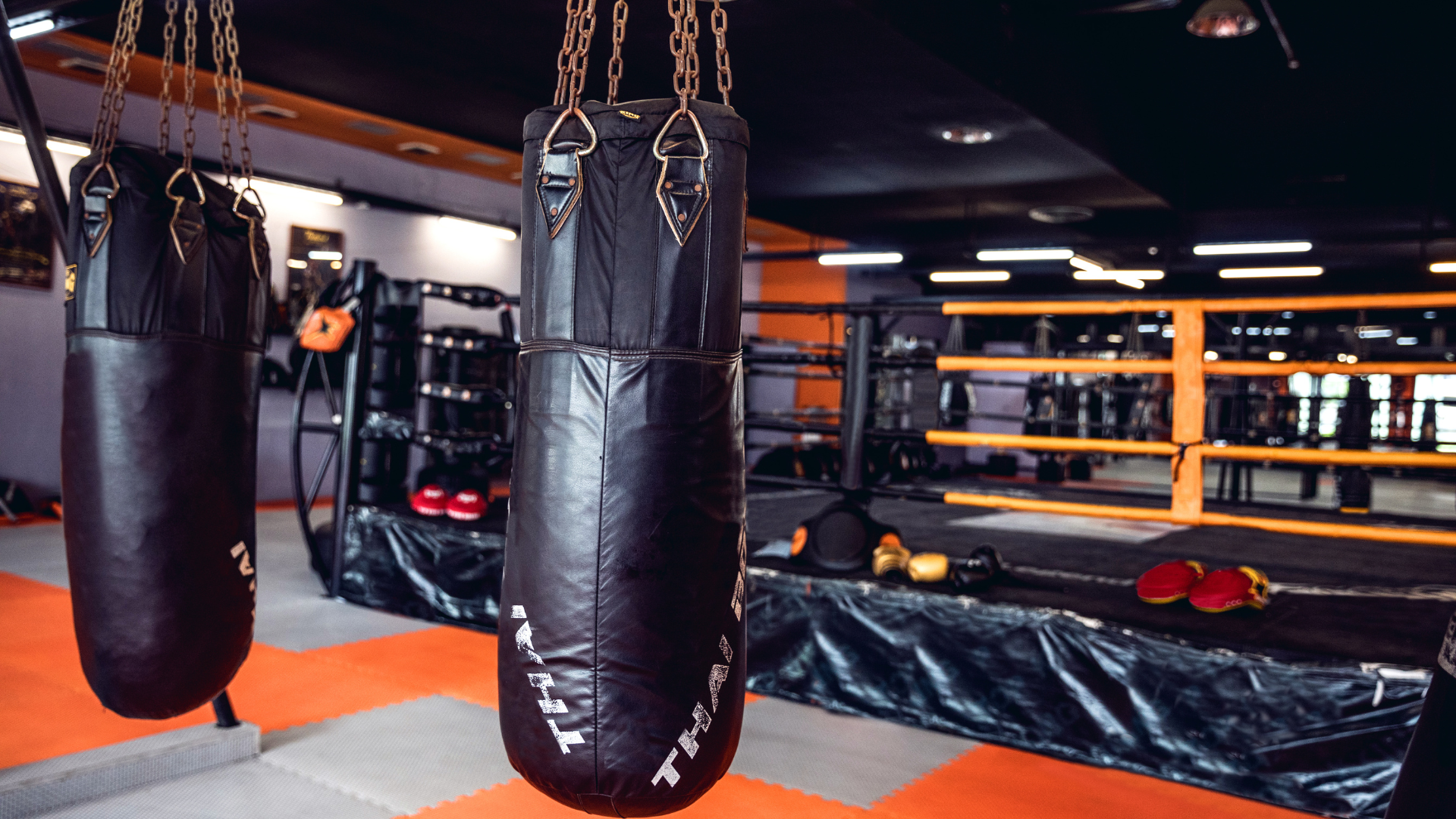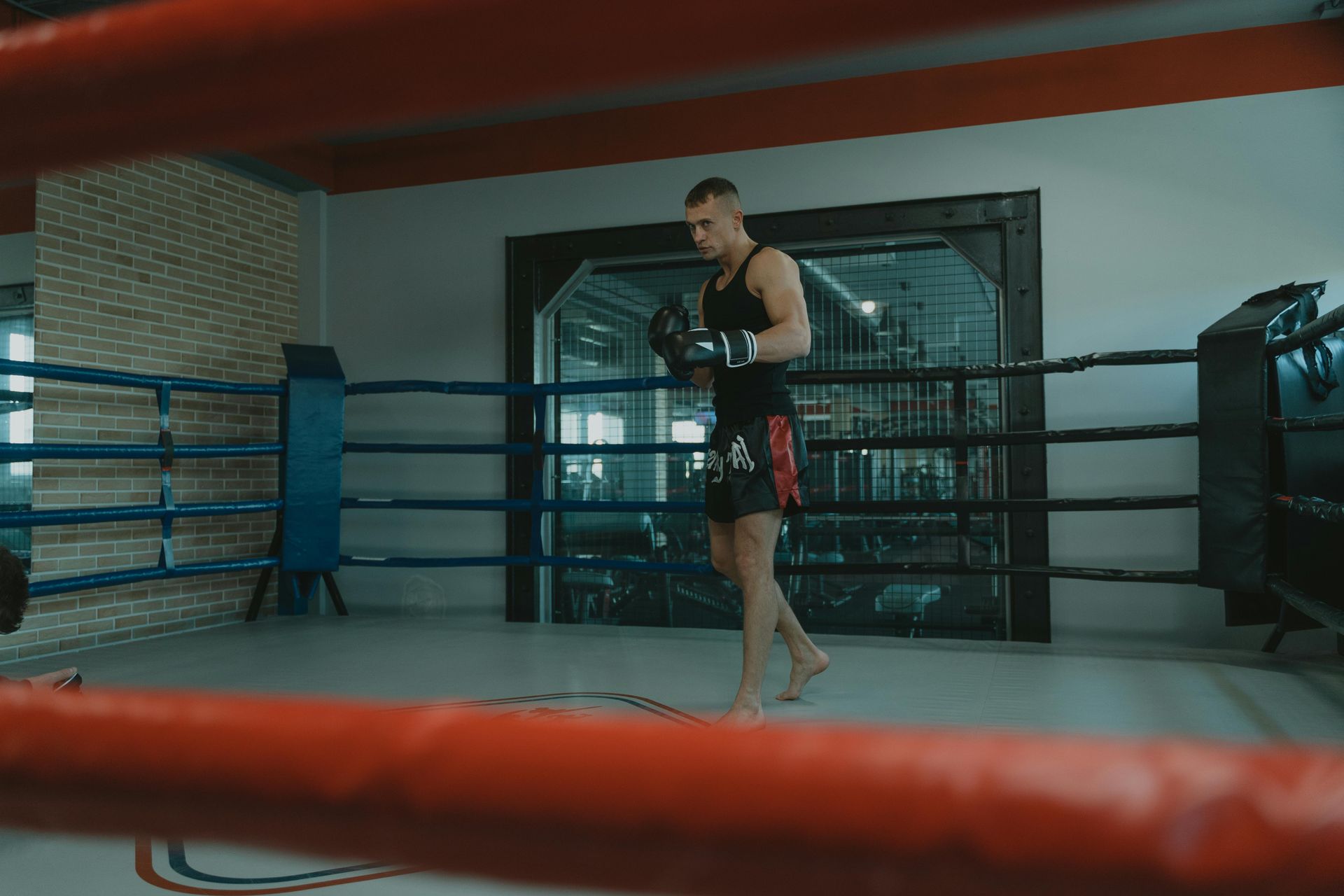Conditioning for fighting isn’t just about how long you can go — it’s about how effectively you can move, think, and strike under pressure. As a beginner, focus on cosistency, good form, and building your base level of fitness. Over time, increase the intensity and variety of your workouts.
Train hard, stay disciplined, and remember: every great fighter started with the basics.








